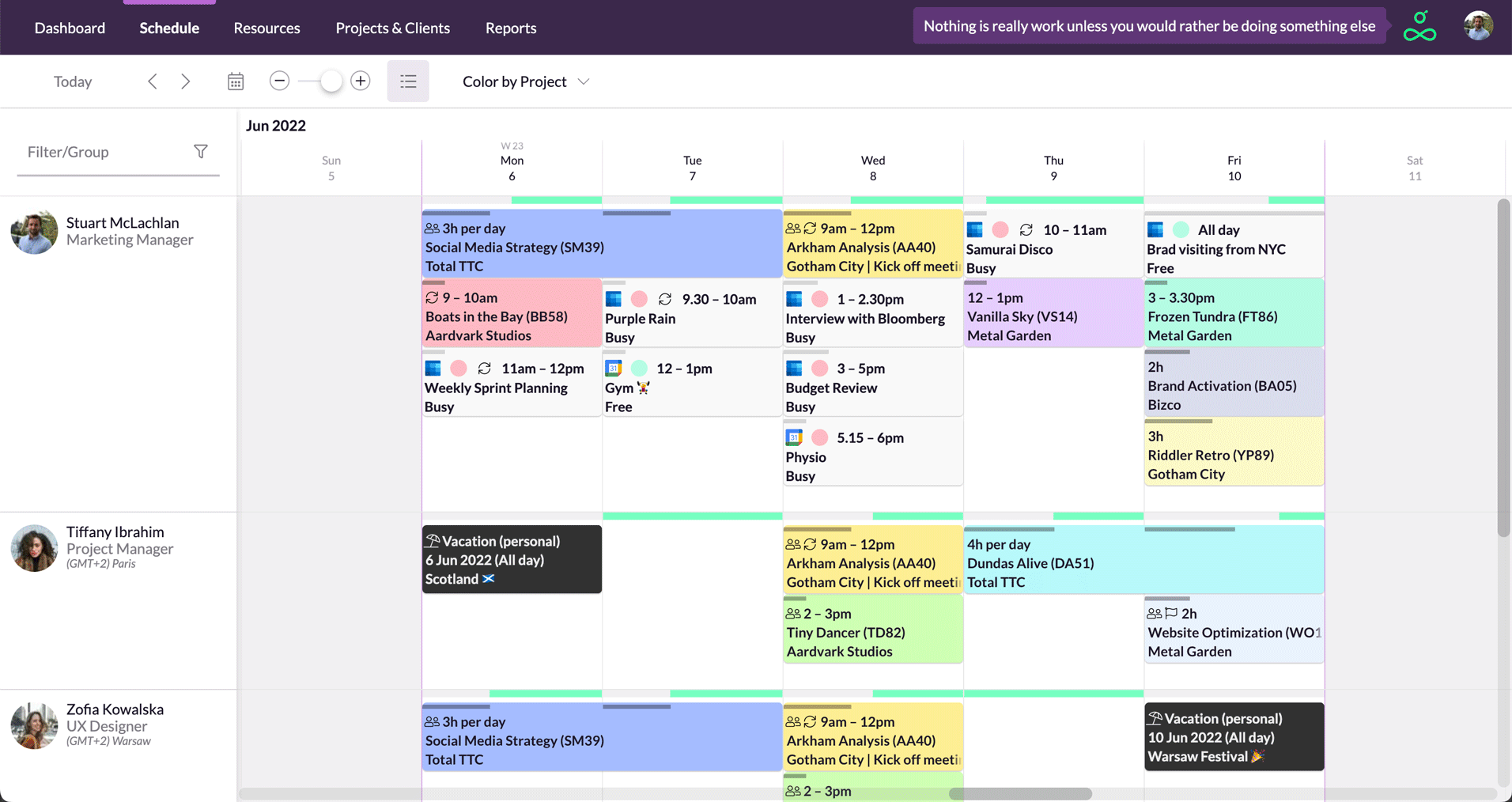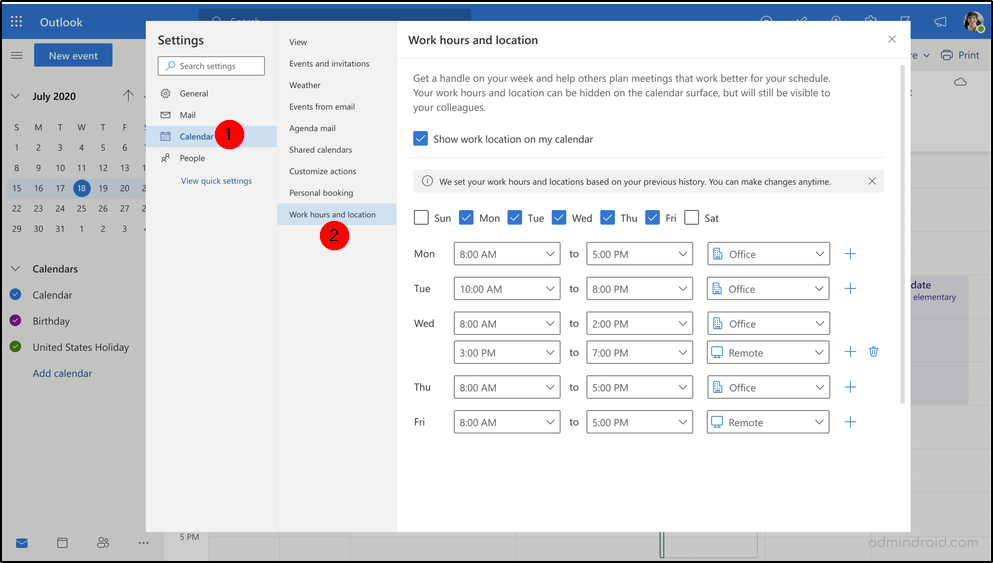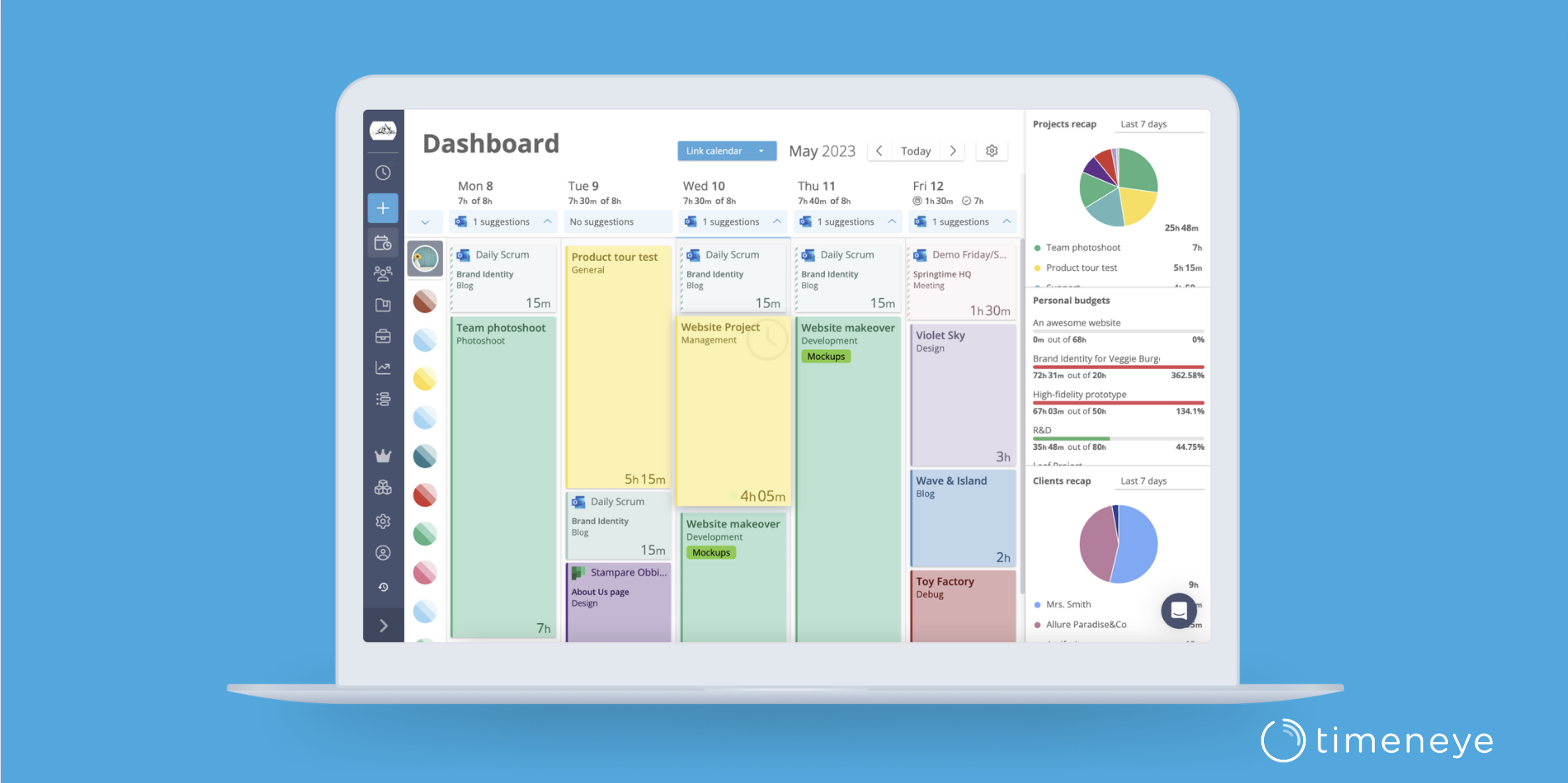Mastering Your Outlook Calendar: A Complete Information To Managing Work Hours
Mastering Your Outlook Calendar: A Complete Information to Managing Work Hours
Associated Articles: Mastering Your Outlook Calendar: A Complete Information to Managing Work Hours
Introduction
On this auspicious event, we’re delighted to delve into the intriguing matter associated to Mastering Your Outlook Calendar: A Complete Information to Managing Work Hours. Let’s weave fascinating data and supply contemporary views to the readers.
Desk of Content material
Mastering Your Outlook Calendar: A Complete Information to Managing Work Hours

Microsoft Outlook is a cornerstone of productiveness for hundreds of thousands, and its calendar operate is arguably its strongest device. Successfully managing your work hours inside Outlook’s calendar is not nearly scheduling conferences; it is about optimizing your time, enhancing work-life steadiness, and making certain you are precisely reflecting your availability to colleagues and shoppers. This complete information will delve into the nuances of managing your work hours in Outlook, overlaying the whole lot from fundamental changes to superior methods for maximizing effectivity.
Half 1: Setting and Adjusting Your Working Hours
The muse of efficient calendar administration lies in precisely defining your working hours. This seemingly easy step has vital implications for appointment scheduling, out-of-office messages, and total calendar visualization.
1. Defining Your Commonplace Working Hours:
Outlook lets you specify your typical working hours, which impacts a number of points:
- Free/Busy Info: When others view your calendar, your availability exterior your outlined working hours is often proven as "Free," even you probably have appointments scheduled throughout these instances. This prevents pointless assembly requests throughout your private time.
- Scheduling Assistant: The scheduling assistant makes use of your working hours to counsel optimum assembly instances, prioritizing slots inside your designated work interval.
- Calendar View: Your calendar view will be personalized to indicate solely your working hours, offering a clearer, much less cluttered view of your day.
To set your working hours:
- Open Outlook.
- Go to File > Choices > Calendar.
- Below Work time, specify your begin and finish instances for every day of the week. You may customise this for every day individually, reflecting any variations in your schedule.
- Click on OK to avoid wasting your modifications.
2. Dealing with Exceptions and Irregular Schedules:
Not each week is similar. Outlook offers flexibility to deal with exceptions to your customary working hours:
- Utilizing Recurring Appointments: For recurring variations (e.g., shorter days on Fridays), create a recurring appointment that covers all the period of the exception. This is usually a "busy" appointment with no topic, successfully blocking out the time.
- Guide Blocking of Time: For one-off exceptions, merely create a brand new appointment and set it as "Busy" for the related interval. This offers a visible cue in your calendar and prevents scheduling conflicts.
- Out-of-Workplace Assistant: For prolonged absences or intervals of considerably lowered availability, make the most of Outlook’s out-of-office assistant. This mechanically sends a notification to anybody who tries to schedule a gathering throughout your absence. You may customise the message to specify your return date and alternate contact data.
3. Using Work Weeks and Weekends:
Outlook lets you outline your work week. That is notably helpful for individuals who do not work an ordinary Monday-Friday schedule. You may regulate the times thought of a part of your work week in the identical Calendar Choices menu as your working hours. This impacts the scheduling assistant and calendar views. Defining your weekend accurately ensures correct free/busy data and prevents undesirable assembly invitations throughout your designated relaxation days.
Half 2: Superior Methods for Work Hour Administration
Past the essential settings, a number of superior methods can considerably improve your Outlook calendar’s effectivity in managing your work hours:
1. Categorizing Appointments:
Categorizing appointments lets you filter your calendar view, specializing in particular varieties of duties or tasks. That is invaluable for managing a busy schedule. You may create customized classes for several types of work, private appointments, and even mission phases. This enables for a clearer understanding of your time allocation throughout totally different areas of duty.
2. Utilizing A number of Calendars:
For these with complicated schedules involving a number of tasks, groups, or roles, using a number of calendars is a game-changer. You may create separate calendars for various points of your work or private life, permitting for higher group and a clearer overview of your commitments. You may then select which calendars to show concurrently, tailoring your view to your instant wants.
3. Leveraging Calendar Sharing and Permissions:
Sharing your calendar with colleagues can vastly enhance workforce coordination. Nonetheless, it is essential to handle permissions rigorously. You may select to share your total calendar, solely your free/busy data, or particular appointments. This lets you management the extent of element seen to others, defending your privateness whereas nonetheless facilitating collaboration.
4. Integrating with Different Functions:
Outlook integrates seamlessly with different Microsoft purposes like Groups and Planner. This integration lets you seamlessly schedule conferences immediately from Groups conversations and hyperlink duties from Planner to your calendar entries. This improves workflow and ensures consistency throughout your totally different productiveness instruments.
5. Using Calendar Views and Filters:
Outlook presents varied calendar views, together with day, week, month, and yr views. Experiment with these views to seek out the one which most closely fits your wants and dealing type. Moreover, utilizing filters lets you concentrate on particular appointments based mostly on classes, key phrases, or attendees. This helps you shortly determine related data with out being overwhelmed by a cluttered calendar.
Half 3: Optimizing Work-Life Steadiness with Outlook Calendar
The Outlook calendar is not only a work device; it is a highly effective instrument for managing your total time and selling a wholesome work-life steadiness.
1. Scheduling Private Time:
Deal with private appointments as significantly as work appointments. Block out time for household, train, hobbies, and leisure. This visible illustration of your private commitments reinforces their significance and prevents them from being neglected within the rush of labor duties.
2. Setting Practical Expectations:
Do not overschedule your self. Depart buffer time between appointments to account for surprising delays or duties. Overbooking results in stress and lowered productiveness. Be reasonable about your capability and keep away from accepting commitments that may compromise your well-being.
3. Often Reviewing and Adjusting:
Often assessment your calendar to make sure it precisely displays your priorities and commitments. Regulate your schedule as wanted, making proactive modifications relatively than reacting to last-minute requests. This proactive strategy helps keep management and prevents calendar conflicts.
4. Using Reminders and Notifications:
Set reminders for vital appointments and deadlines to stop missed conferences and guarantee well timed process completion. Customise notification settings to fit your preferences, making certain you obtain well timed alerts with out being bombarded with pointless notifications.
5. Using Coloration-Coding and Visible Cues:
Coloration-coding appointments based mostly on class or precedence can considerably enhance calendar readability and show you how to shortly determine vital occasions. Use visible cues like flags or customized icons to additional improve group and prioritization.
Conclusion:
Mastering Outlook’s calendar capabilities is essential for efficient time administration and work-life steadiness. By using the options described on this information, you’ll be able to rework your calendar from a easy scheduling device into a strong instrument for optimizing your productiveness, enhancing your work-life steadiness, and making certain you are at all times accountable for your time. Keep in mind that constant apply and experimentation are key to discovering the optimum workflow that most closely fits your particular person wants and dealing type. Take the time to discover the assorted choices and options, and you may uncover the true potential of Outlook’s calendar for enhancing your private {and professional} life.








Closure
Thus, we hope this text has supplied worthwhile insights into Mastering Your Outlook Calendar: A Complete Information to Managing Work Hours. We admire your consideration to our article. See you in our subsequent article!